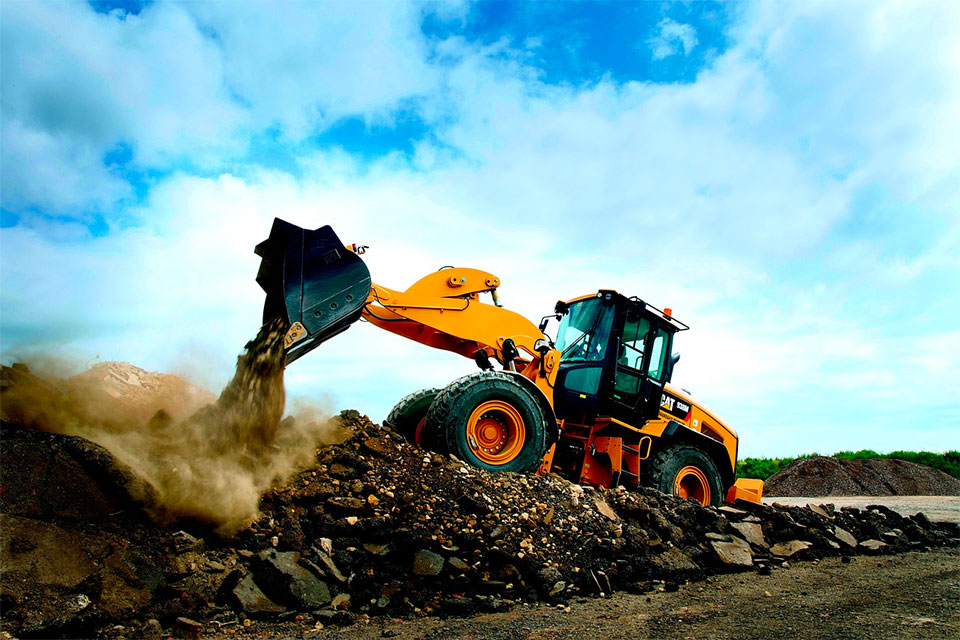In the construction industry, sustainability is becoming a top priority as companies seek to minimize their carbon footprint and reduce waste. One of the most effective ways to promote sustainability in construction is by purchasing used construction equipment instead of new machinery. The decision to buy pre-owned equipment has significant environmental benefits, from reducing emissions and conserving resources to decreasing landfill waste.
Reducing Carbon Footprint
Manufacturing new construction equipment is a resource-intensive process that requires vast amounts of raw materials, energy, and water. The extraction of metals like steel and iron, along with the processing and assembly of new machines, generates significant carbon dioxide (CO₂) emissions. By choosing used equipment, companies help mitigate the environmental impact associated with the production and transportation of new machinery.
According to industry research, manufacturing heavy equipment like excavators, bulldozers, and cranes can produce tens of thousands of kilograms of CO₂ per unit. By opting for second-hand equipment, construction firms can significantly reduce their carbon footprint, making a positive contribution to the fight against climate change.
Conserving Natural Resources
The production of new construction machinery requires extensive use of non-renewable resources such as metals, fossil fuels, and water. Mining for raw materials can lead to deforestation, habitat destruction, and soil degradation. Additionally, refining and processing these materials generate industrial waste that contributes to environmental pollution.
By purchasing used construction equipment, companies help extend the lifecycle of machinery and reduce the demand for new raw materials. This practice conserves valuable natural resources while minimizing the environmental damage associated with mining and manufacturing.
Reducing Waste and Landfill Contributions
Construction equipment is built to last, often with a lifespan of several decades. However, when companies continuously upgrade to the latest models, older machinery is often discarded, leading to excessive waste accumulation. Many of these discarded machines end up in landfills, where they contribute to environmental degradation.
Buying used equipment keeps valuable machinery in use for a longer period, reducing the number of machines that are scrapped. Furthermore, many parts of construction equipment, such as engines, hydraulic components, and metal structures, can be refurbished or recycled. This helps minimize landfill waste and promotes a circular economy where resources are reused rather than discarded.
Lowering Energy Consumption
Manufacturing new construction equipment requires a considerable amount of energy, which is often generated from non-renewable sources such as coal, oil, and natural gas. The extraction, processing, and assembly of materials contribute to high energy consumption levels, leading to increased greenhouse gas emissions.
By choosing to purchase used equipment, construction firms help reduce overall energy consumption. Refurbishing and maintaining existing machinery consumes far less energy than manufacturing new equipment from scratch. This shift towards reusing machinery supports energy conservation efforts and promotes a more sustainable construction industry.
Encouraging Sustainable Business Practices
Purchasing used construction equipment aligns with broader sustainability initiatives within the construction industry. Many companies are setting goals to reduce their environmental impact and promote eco-friendly operations. Opting for second-hand equipment is a practical and cost-effective way to achieve these sustainability goals.
Additionally, buying used equipment supports the growing market for refurbished and remanufactured construction machinery. This market creates economic opportunities for businesses specializing in equipment restoration and resale, fostering a more sustainable supply chain.
The decision to purchase used construction equipment is not just a financially sound choice but also an environmentally responsible one. It helps reduce carbon emissions, conserve natural resources, minimize landfill waste, and lower energy consumption. As the construction industry moves toward greater sustainability, embracing the reuse of machinery is a practical step toward reducing environmental impact. Companies that prioritize the purchase of used equipment can play a crucial role in promoting eco-friendly construction practices and creating a greener future.
Infographic provided by Bid Equip, a provider of Bid Equip online auctions




































